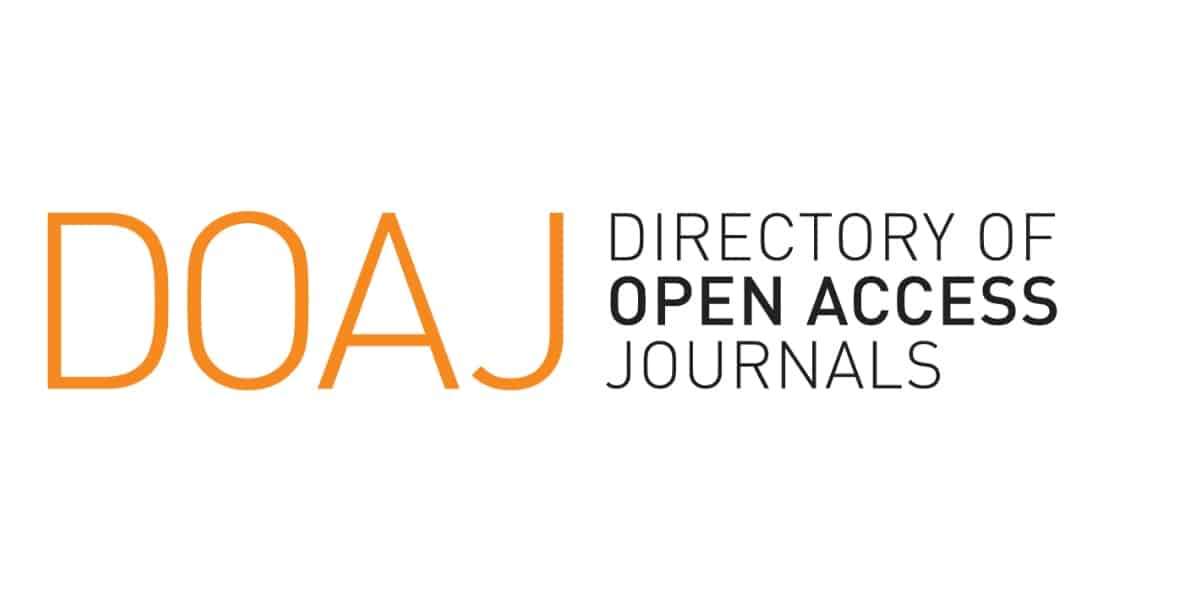POTENSI PENURUNAN EMISI GAS RUMAH KACA MELALUI PENGOMPOSAN SAMPAH
Abstract
ABSTRACTMethane (CH4) is the second most important greenhouse gas after carbon dioxide. An important source of CH4 generation is anaerobic decomposition of organic municipal solid wastes (MSW) in landfill sites. Some control measures are in need to be undertaken, and composting being one of them. The objectives of this research work were to quantify potential contribution of MSW composting in reducing greenhouse gas emission and to illustrate the extent of composting contribution to the emission reduction (ER). Survey was conducted in the Indonesian highly urbanized region of Jabotabek (Jakarta, Bogor, Tangerang, and Bekasi), and simulation was carried out to determine the value of ER at different scenarios. The mass balance approach is the main method for analyzing the potential reduction of the CH4 emission. The study indicated that app. 5 million tons of MSW is generated annually in the study area. Assuming the average gas production rate of 235 L CH4/kg MSW applies and 80% of the MSW is disposed off in the landfill sites, an amount of 0.5 million tons of CH4 is generated in the study area annually. By producing one ton of compost from MSW, the CH4 emission could be therefore reduced by 0.2 to 0.3 tons.
Keywords : municipal solid waste, composting, greenhouse gas emission, methane emission reduction, Clean Development Mechanism (CDM)
How to Cite
Muhammad RomliS. N. S. I. dan. (1). POTENSI PENURUNAN EMISI GAS RUMAH KACA MELALUI PENGOMPOSAN SAMPAH. Jurnal Teknologi Industri Pertanian, 18(1). Retrieved from https://jurnal.ipb.ac.id/index.php/jurnaltin/article/view/4202
Section
Articles
_page-00013.jpg)






